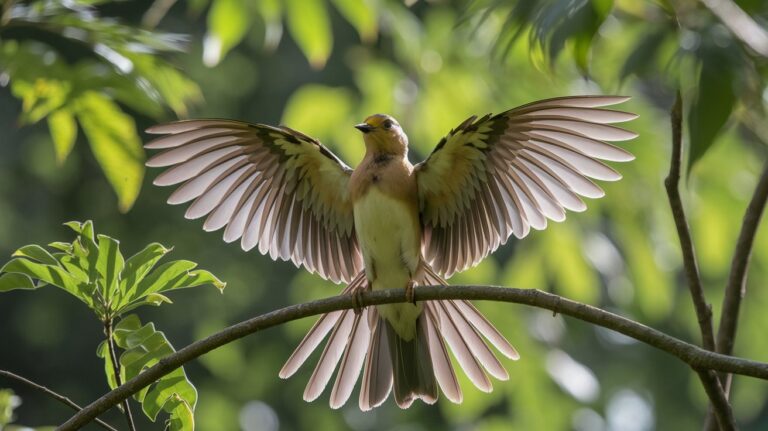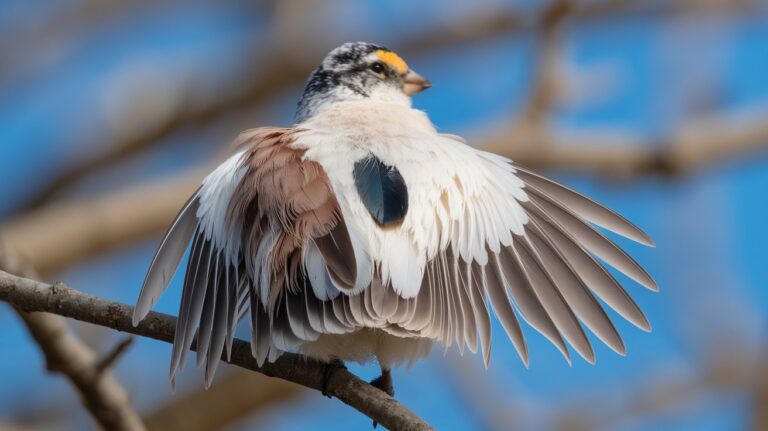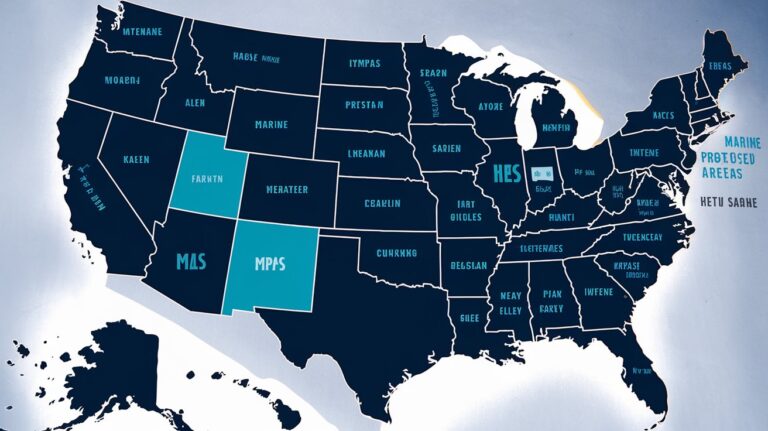Most Endangered Species in 2025: Top Animals at Risk
The world’s most endangered species face extinction within decades, with some populations numbering fewer than 100 individuals. As of 2025, habitat loss, climate change, and human activities have pushed numerous endangered animals to the brink. This comprehensive list reveals the critically threatened species that need immediate conservation action to survive.
Vaquita Porpoise: The World’s Most Endangered Marine Mammal
The vaquita porpoise holds the devastating title of the world’s most critically endangered marine mammal, with fewer than 10 individuals remaining in Mexico’s Gulf of California as of 2025. This small porpoise species has experienced a catastrophic population decline of over 99% since 2011, primarily due to illegal fishing practices and gillnet entanglement. The Mexican government and international conservation organizations have implemented emergency measures, including a permanent ban on gillnets in vaquita habitat, but recovery remains uncertain.
Conservation efforts for the vaquita include advanced acoustic monitoring systems that track the remaining individuals and strict enforcement of fishing regulations. The species’ survival depends entirely on eliminating illegal fishing for the totoaba fish, whose swim bladders are highly valued in traditional Chinese medicine. Scientists estimate that without immediate intervention, the vaquita could become extinct within two years, making it a tragic symbol of marine biodiversity loss.
Critically Endangered Big Cats Facing Extinction
Several endangered species of big cats represent some of the most iconic animals on the verge of extinction, with populations that have dwindled to critical levels across Asia and Africa.
Amur Leopard: Only 200 Left in the Wild
The Amur leopard represents one of the rarest big cats on Earth, with approximately 200-250 individuals surviving in the wild as of 2025. Found primarily in the forests of eastern Russia and northeastern China, this subspecies has shown remarkable resilience despite facing severe threats from habitat loss and poaching. Conservation programs in Russia’s Land of the Leopard National Park have helped stabilize the population, with camera trap surveys indicating a slow but steady increase in numbers over the past decade.
Sunda Tiger: Indonesia’s Last Tiger Subspecies
The Sunda tiger remains the only surviving tiger subspecies in Indonesia, with an estimated 400-500 individuals left in Sumatra’s rapidly disappearing forests. Palm oil plantations and illegal logging have destroyed over 60% of their natural habitat since 2000, forcing these magnificent predators into increasingly smaller territories. Anti-poaching units work around the clock to protect remaining populations, as tiger parts remain highly valued in illegal wildlife trade markets across Southeast Asia.
Endangered Primates: Our Closest Relatives at Risk
Several primate species rank among the most endangered animals globally, facing threats from deforestation, hunting, and disease transmission that could eliminate entire populations within decades.
Mountain Gorilla: Conservation Success Story
The mountain gorilla population has grown to approximately 1,100 individuals as of 2025, representing a remarkable conservation success story in Central Africa’s volcanic mountains. Found in Rwanda, Uganda, and the Democratic Republic of Congo, these gentle giants have benefited from intensive protection efforts, community-based conservation programs, and sustainable ecotourism initiatives. Veterinary interventions and habitat protection have helped the species recover from a low of just 620 individuals in 1989.
Bornean Orangutan: Losing Ground to Palm Oil
The Bornean orangutan population has declined to fewer than 104,000 individuals, representing a 50% decrease since 1999 due to extensive palm oil plantation development across Indonesian and Malaysian Borneo. These intelligent primates require large territories of intact rainforest to survive, but their habitat continues shrinking at an alarming rate. Rescue and rehabilitation centers work tirelessly to relocate displaced orangutans, while sustainable palm oil certification programs attempt to balance economic needs with conservation goals.
Endangered Marine Species: Ocean Giants in Peril
Marine environments harbor some of the most endangered species on Earth, with ocean giants facing unprecedented threats from pollution, overfishing, and climate change impacts.
North Atlantic Right Whale: Down to 340 Individuals
The North Atlantic right whale represents one of the most critically endangered large mammals, with only 340 individuals remaining as of 2025, making it particularly significant among endangered species in North America. Ship strikes and fishing gear entanglement cause the majority of deaths, while climate change forces these whales into new feeding areas with increased human activity. The National Marine Fisheries Service has implemented speed restrictions for vessels and modified fishing practices to reduce fatal interactions.
Hawksbill Turtle: Climate Change Threatens Nesting
The hawksbill turtle faces multiple threats including plastic pollution, coral reef degradation, and rising sea temperatures that affect their primary food source of sponges and coral polyps. With fewer than 25,000 nesting females worldwide, climate change poses an additional challenge by altering sand temperatures at nesting beaches, which determines the sex of hatchlings. Conservation programs focus on protecting nesting sites and reducing plastic waste in marine environments.
African Endangered Species: Continental Crisis
Africa hosts numerous most endangered species facing extinction due to poaching, habitat loss, and human-wildlife conflict, requiring urgent international intervention and local community support for survival.
Black Rhinoceros: Poaching Crisis Continues
The black rhinoceros population has stabilized at approximately 6,200 individuals after reaching a critical low of 2,400 in 1995, but remains one of Africa’s most endangered large mammals. Intensive anti-poaching operations, community conservancies, and translocation programs have helped certain populations recover, particularly in Namibia and Kenya. However, demand for rhino horn in illegal markets continues to drive poaching activities, requiring constant vigilance and international cooperation to prevent further losses.
African Forest Elephant: Ivory Trade Devastation
The African forest elephant has experienced an 86% population decline over 31 years, with fewer than 415,000 individuals remaining across Central and West African forests. These smaller elephants play crucial roles as forest gardeners, dispersing seeds that maintain rainforest ecosystems, but illegal ivory trade continues to decimate herds. Advanced GPS tracking collars and community-based conservation programs help monitor and protect remaining populations, while international efforts focus on reducing demand for ivory products.
What Animals Have the Smallest Populations in 2025?
Several endangered animals have populations so small that each individual becomes critically important for species survival, with some numbering fewer than 50 individuals worldwide. The Javan rhinoceros maintains the smallest population among large mammals with only 75 individuals in Java’s Ujung Kulon National Park. Meanwhile, the Kakapo parrot of New Zealand has increased to 252 individuals through intensive management, representing one of the most successful recovery programs for critically endangered species.
Other species with extremely small populations include the Saola antelope with possibly fewer than 100 individuals in Vietnam and Laos, and the Cross River gorilla with approximately 200-300 individuals in the forests between Nigeria and Cameroon. These tiny populations face additional challenges from inbreeding depression and genetic bottlenecks that could compromise their long-term survival even with successful conservation interventions.
Conservation Success Stories: Species Recovering from Near Extinction
Several endangered species have demonstrated remarkable recoveries through dedicated conservation efforts, providing hope and proven strategies for protecting other threatened wildlife. The California condor population has grown from 27 individuals in 1987 to over 500 birds today through captive breeding and careful reintroduction programs. Similarly, the gray wolf population in the United States has recovered from near extinction to over 6,000 individuals through protection under the Endangered Species Act and successful reintroduction efforts in Yellowstone National Park.
The humpback whale represents another conservation triumph, with populations recovering from fewer than 5,000 individuals in the 1960s to approximately 80,000 today following international whaling moratoriums. These success stories demonstrate that with sufficient resources, political will, and community support, even the most endangered animals can recover from the brink of extinction and rebuild sustainable populations for future generations.
Related video about most endangered species
This video complements the article information with a practical visual demonstration.
Most asked questions about most endangered species
What is the #1 most endangered animal in 2025?
The vaquita porpoise is considered the most endangered animal in 2025, with fewer than 10 individuals remaining in Mexico’s Gulf of California. This marine mammal faces imminent extinction due to illegal fishing practices and gillnet entanglement, making it the most critically endangered species on Earth.
What animals only have 10 left in the world?
The vaquita porpoise has fewer than 10 individuals remaining, making it the only known species with such critically low numbers. Other species with extremely small populations include the Javan rhinoceros with 75 individuals and the Amur leopard with approximately 200-250 individuals in the wild.
Which endangered species has shown the most improvement in 2025?
The mountain gorilla has shown remarkable improvement, with populations growing to over 1,100 individuals in 2025. This represents a significant increase from 620 individuals in 1989, thanks to intensive conservation efforts, community programs, and sustainable ecotourism in Rwanda, Uganda, and the Democratic Republic of Congo.
What are the main threats to the most endangered species?
The primary threats include habitat destruction from deforestation and development, illegal poaching for valuable body parts, climate change affecting food sources and breeding grounds, pollution including plastic waste in oceans, and human-wildlife conflict as populations expand into wildlife territories.
How many endangered species are there in North America?
North America has over 1,600 species listed under the Endangered Species Act as of 2025. Notable examples include the North Atlantic right whale with 340 individuals, the Florida panther with approximately 200 adults, and the Mexican wolf with around 250 individuals in the wild across the southwestern United States.
Can extinct species be brought back to life?
While true de-extinction remains scientifically challenging, researchers are exploring genetic technologies to potentially restore species like the woolly mammoth. However, current conservation efforts focus on preventing extinctions of existing endangered species, as protecting remaining populations is more feasible and effective than attempting to reverse extinctions.
| Species | Population (2025) | Primary Threat | Conservation Status |
|---|---|---|---|
| Vaquita Porpoise | Fewer than 10 | Illegal fishing | Critically Endangered |
| Amur Leopard | 200-250 | Habitat loss | Critically Endangered |
| Mountain Gorilla | 1,100 | Disease transmission | Endangered (Improving) |
| North Atlantic Right Whale | 340 | Ship strikes | Critically Endangered |
| Black Rhinoceros | 6,200 | Poaching | Critically Endangered |






